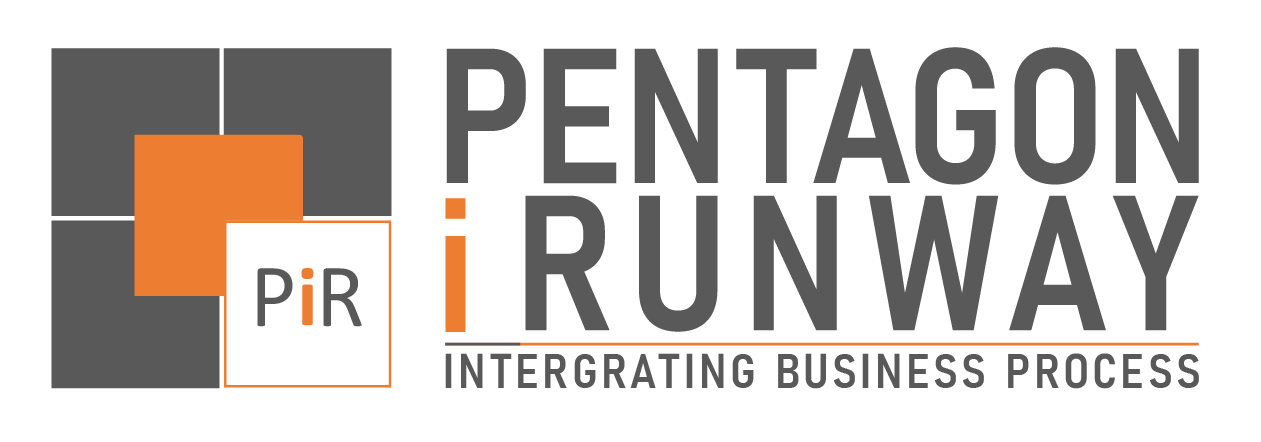Agriculture has always been the backbone of economies worldwide, but with growing global demand, farmers face increasing pressure to enhance productivity and efficiency. Traditional farming methods, often reliant on manual processes and paper records, struggle to keep up with modern challenges such as labor shortages, resource management, and real-time decision-making. Digital transformation in agriculture, through technologies like smart registration, monitoring, and automation, is revolutionizing the industry. By leveraging digital tools such as Farmer Registration, Plot Registration, Plot Survey, Field Activity Monitoring, Labor Management, and API Integration with Weighing Scales, farmers can significantly improve operational efficiency, accuracy, and profitability.
The Role of Digitalization in Agriculture
Digital solutions are paving the way for precision farming, where real-time data collection and automation enhance decision-making and efficiency. The implementation of Enterprise Resource Planning (ERP) systems, Advanced Planning & Scheduling (APS), and Business Intelligence (BI) tools provides the agricultural sector with the same benefits that manufacturing and industrial enterprises have long enjoyed. These solutions enable data-driven farming, reducing waste, increasing yields, and optimizing farm management processes.
Key Components of Agricultural Digitalization
1. Farmer Registration: Streamlining Agricultural Records
One of the biggest challenges in agriculture is maintaining accurate records of farmers, landowners, and workers. A digital Farmer Registration system provides a centralized database, enabling governments, cooperatives, and agribusinesses to track and support farmers effectively.
Benefits:
- Enables efficient government subsidies and incentives distribution.
- Provides real-time farmer information for easy verification and access to agricultural services.
- Ensures traceability of produce, enhancing market trust and compliance with international standards.
2. Plot Registration: Organizing Land Information
Plot registration involves recording specific details about farmland, including ownership, boundaries, and land use. A digital Plot Registration system ensures seamless tracking and proper land management.
Benefits:
- Prevents land disputes through clear documentation of ownership.
- Enables precision farming by mapping soil quality, irrigation needs, and crop planning.
- Supports smart farming applications that leverage GPS and satellite imagery for farm analysis.
3. Plot Survey: Enhancing Land Assessment with Technology
Conducting plot surveys using digital tools, drones, and Geographic Information Systems (GIS) helps farmers and agronomists analyze soil conditions, crop health, and land topography.
Benefits:
Enhances decision-making through real-time data on soil nutrients, water retention, and erosion risk.
Reduces surveying costs and time compared to traditional manual methods.
Supports automated record-keeping and compliance with agricultural regulations.
4. Field Activity Monitoring: Real-Time Insights for Better Management
Manual tracking of field activities is time-consuming and prone to errors. Digital Field Activity Monitoring tools leverage IoT devices, sensors, and mobile apps to track everything from planting to harvesting.
Benefits:
Enables real-time tracking of crop growth, pesticide usage, and irrigation.
Improves productivity by identifying inefficiencies and optimizing field operations.
Enhances decision-making with AI-powered predictive analytics for disease control and yield estimation.
5. Labor Management: Optimizing Workforce Efficiency
Agricultural labor is often seasonal and dispersed, making workforce management a major challenge. A Labor Management system helps streamline workforce allocation, payroll processing, and attendance tracking.
Benefits:
Reduces administrative workload with automated scheduling and wage calculations.
Improves compliance with labor laws and fair wage distribution.
Enhances productivity through real-time monitoring of worker performance and task completion.
6. API Integration with Weighing Scales: Ensuring Accurate Measurements
Accurate weight measurement is critical for fair trade and revenue calculations in agriculture. By integrating APIs with digital weighing scales, farmers and agribusinesses can ensure precise and automated data collection.
Benefits:
Reduces human error and fraud in weight measurement.
Automates record-keeping, linking weight data directly to sales and inventory systems.
Enhances transparency and trust in transactions between farmers, distributors, and buyers.
How ERP, APS, and BI Transform Agriculture
Agriculture can benefit greatly from Enterprise Resource Planning (ERP), Siemens Advanced Planning & Scheduling (APS), and Business Intelligence (BI) tools like Qlik. These technologies integrate various farm management processes, ensuring efficiency and improved decision-making.
ERP in Agriculture:
Centralizes farmer, land, and crop data for seamless management.
Streamlines inventory tracking, procurement, and financial transactions.
Advanced Planning & Scheduling (APS):
Helps plan optimal planting and harvesting schedules based on weather patterns and demand forecasts.
Reduces waste by optimizing resource allocation and supply chain logistics.
Business Intelligence (BI):
Transforms raw data into actionable insights for farm management.
Predicts market trends and yield outcomes for better planning and profitability.

The Tangible Benefits of Actionable Metrics
1. Enhanced Efficiency:
By identifying inefficiencies in production lines or workflows, actionable metrics help streamline operations and reduce waste. For instance, monitoring OEE allows managers to pinpoint underperforming machines and optimize their usage.
2. Improved Quality:
Metrics like FPY ensure that quality standards are met consistently, reducing rework and customer complaints. This translates to better customer satisfaction and loyalty.
3. Cost Savings:
Optimizing inventory turnover, cycle times, and maintenance schedules reduces operational costs and maximizes profitability.
4. Greater Agility:
With real-time insights, manufacturers can respond faster to disruptions, whether it’s a supply chain issue or a sudden shift in demand.
5. Informed Decision-Making:
By leveraging BI tools like Qlik, manufacturers gain a deeper understanding of their data, enabling data-driven decision-making at every level of the organization.
Conclusion
The digital revolution in agriculture is not just about adopting new technologies but about reshaping the entire farming ecosystem. Farmer Registration, Plot Registration, Plot Surveys, Field Activity Monitoring, Labor Management, and API Integration with Weighing Scales are key pillars in this transformation. By leveraging ERP, APS, and BI solutions, the agricultural industry can overcome traditional inefficiencies, maximize productivity, and ensure sustainable farming practices.
Embracing digital agriculture today ensures a resilient and future-proof farming industry. Whether you’re a small farmer or a large agribusiness, the time to digitize is now.

